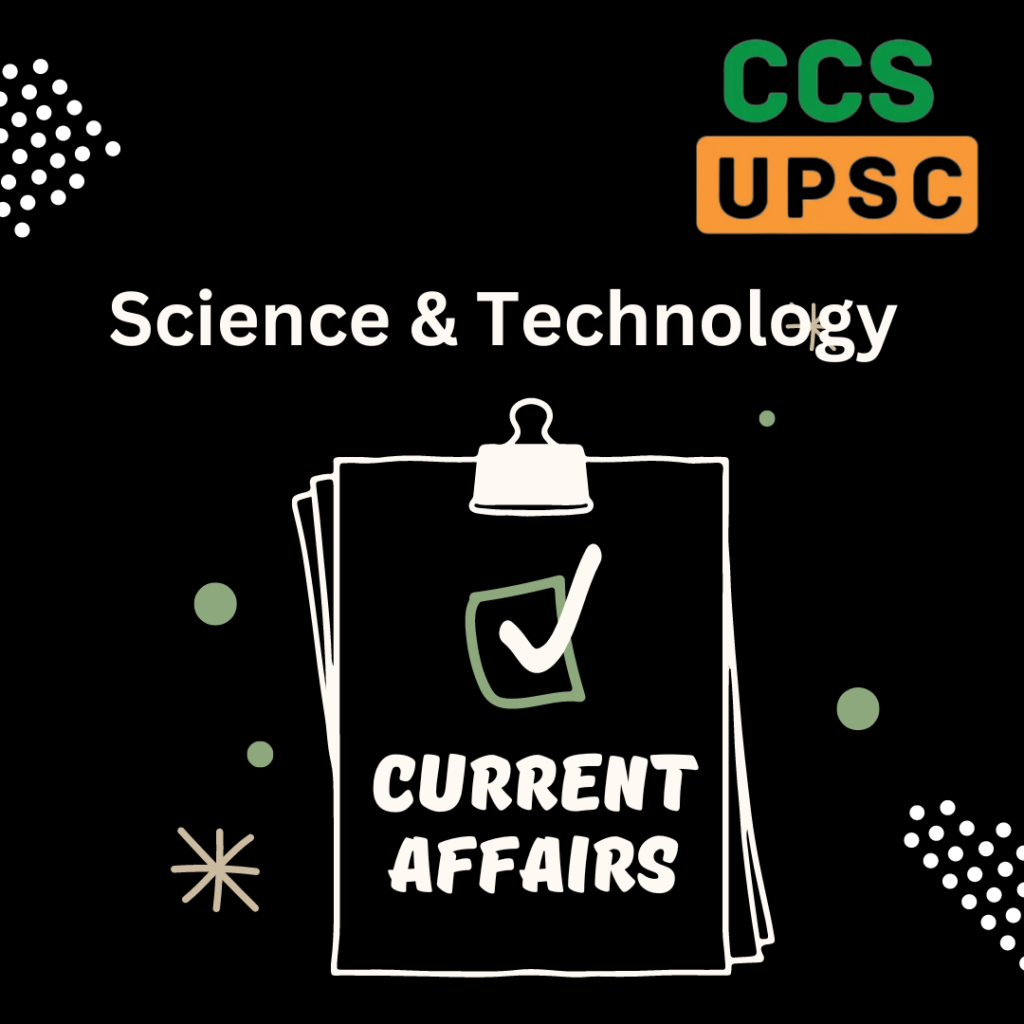Context:
∙ Quantum computing has gained a significant interest in the past decade for its applications in various fields.
About Computing:
∙ A bit (binary digit) is the smallest piece of information storage in computing. Often, a large number of bits is required to convey meaningful information.
∙ In a computer, a bit is a physical system with two easily discernible configurations, or states – e.g. high and low voltage.
∙ These physical bits are useful to represent and process expressions that involve 0s and 1s: for instance, low voltage can represent 0 and high voltage can represent 1.
∙ A gate is a circuit that changes the states of bits in a predictable way. The speed at which these gates work determines how fast a computer functions.
Quantum computing:
∙ Quantum computing is a revolutionary computing paradigm utilizing the principles of quantum mechanics to perform calculations.
∙ Unlike classical computers that rely on bits (0 or 1), quantum computers harness qubits, which can exist in a state of superposition (both 0 and 1 simultaneously).
∙ For example, to perform one calculation that requires 16 different inputs, a classical computer requires a total of four bits and sixteen computations.
ο But with four qubits in superposition, a quantum computer could generate answers corresponding to all 16 inputs in a single computation.
∙ This unique property allows them to perform certain calculations exponentially faster than classical computers, opening doors to groundbreaking advancements in various fields.
Applications:
∙ Drug discovery: Simulating complex molecules to develop new drugs and materials, leading to accelerated medical innovation.
∙ Financial modeling: Optimizing financial portfolios and managing risk with unparalleled accuracy and speed.
∙ Cryptography: Breaking existing encryption methods and developing new, quantum-resistant ones.
∙ Machine learning: Revolutionizing AI by training algorithms on massive datasets much faster, leading to breakthroughs in natural language processing, computer vision, and more.
∙ Materials science: Designing novel materials with superior properties like high-temperature superconductors or efficient solar cells.
Challenges:
∙ Hardware limitations: Qubits are fragile and prone to errors, making it difficult to build large, stable quantum computers.
∙ Software development: Quantum algorithms are fundamentally different from classical algorithms, requiring specialized programming languages and techniques.
∙ Cost and accessibility: Current quantum computers are expensive and often not accessible to the general public or even smaller research institutions.
∙ Security concerns: The power of quantum computers poses potential threats to existing encryption methods, necessitating development of quantum-resistant cryptography.
Measures:
∙ Investing in research and development: Governments and private companies are pouring resources into advancing quantum hardware and software technologies.
∙ Developing error correction techniques: Robust methods for mitigating qubit errors are crucial for building reliable quantum computers.
∙ Building quantum ecosystems: Creating platforms and tools to make quantum computing more accessible and user-friendly for developers and researchers.
∙ Addressing security concerns: Collaborating on international standards and protocols for quantum-resistant cryptography to ensure secure communication in the future.
Conclusion:
∙ Quantum computing holds immense potential to revolutionize various industries and solve significant challenges facing humanity.
∙ While we remain in the early stages of this technology, sustained efforts to address the existing hurdles are paving the way for a future where quantum computers unlock unprecedented possibilities across diverse fields.


